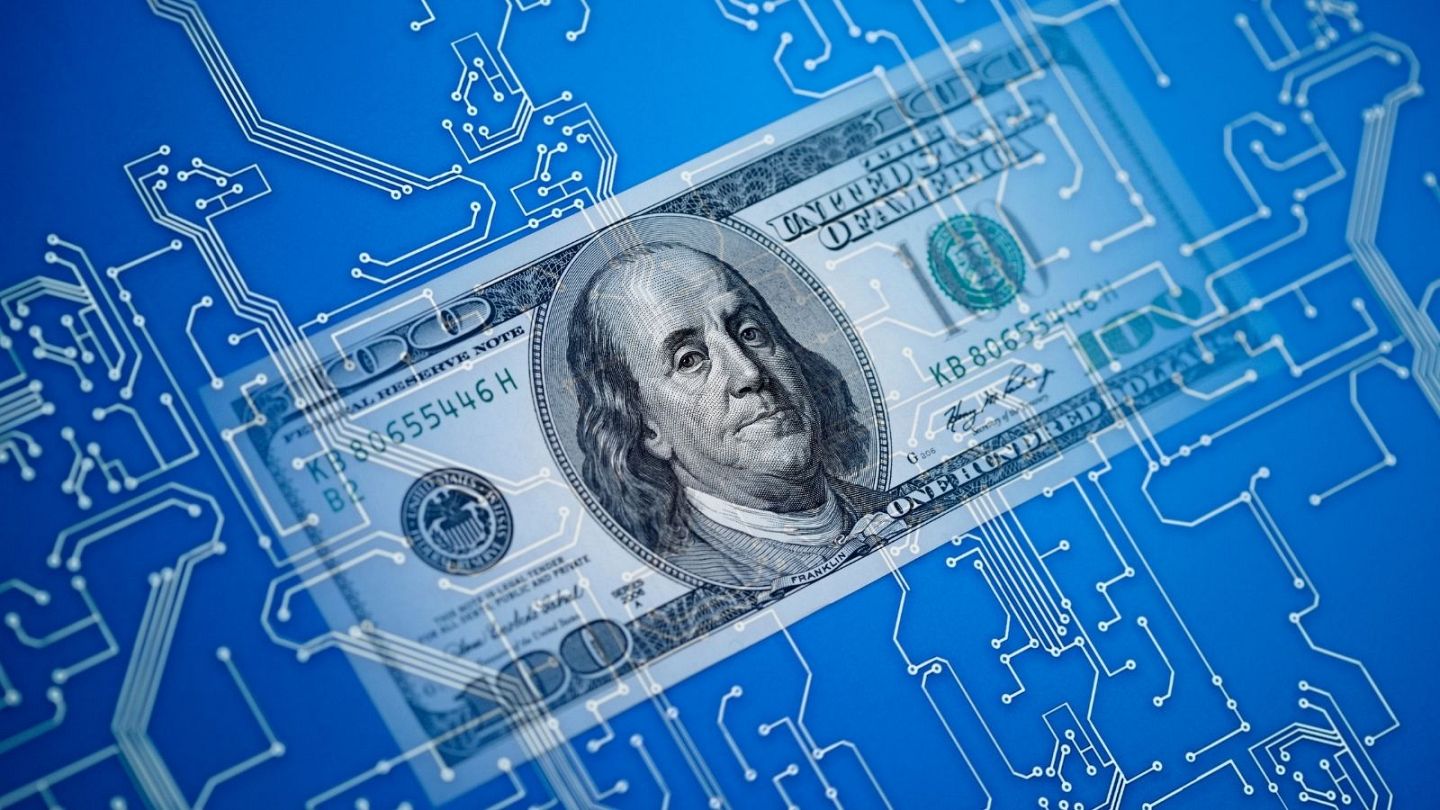What Are Virtual Coins and What Are the Benefits of Using Them?
What Are Virtual Coins and What Are the
Benefits of Using Them?
You may have heard of virtual coins. However, what are they and what are the benefits of using
them? The basic information about virtual coins is outlined below. There are no consumer
protections for these virtual currencies. You cannot challenge or reverse virtual currency
transactions hyperverse ecosystem, unlike with credit cards and ATMs. You must learn as much as you can about
these virtual currencies before purchasing them. Read on to learn more about them and how
they can help you. You can also check out this article for information about virtual coins.

Another benefit of using cryptocurrency is its fast transaction processing speed. With a
comparatively low transaction fee, virtual currencies can make international payments faster.
This is an advantage for businesses hyperverse investment, as they can sell their virtual currency to make more money
without having to deliver goods or services. Furthermore, transaction costs are also significantly
lower than with traditional currencies, as the transaction is verified within one hour. This is a
significant advantage, because it reduces the costs of making international payments, as it
doesn’t require access to an existing financial system or banking network.
A decentralized digital ledger, which enables the verification of assets, can also be used as a
virtual currency. Bitcoin, for example, was developed using digital ledgers. While bitcoin has
become synonymous with money laundering and the sale of illegal drugs, blockchain is now
used by legitimate businesses and financial service startups around the world. Mainstream
financial institutions are increasingly eyeing the potential of blockchain as a breakthrough way to
trade real-world financial instruments.
Another important characteristic of virtual currencies is limited supply. Bitcoin, for example, has a
limited supply. The mathematical formula that generates bitcoins reduces the number of new
coins over time. With this predictable rate, the number of bitcoins will reach a limit of 21 million
by the year 2140. Then, the digital currency will become a useful medium of exchange. The
future of virtual currencies is bright. While it might be difficult to predict, there are already many
exciting uses for these currencies.

The Department of Financial Services (DFS) issued guidance for the use of virtual currencies. Its
regulations also include licensing requirements for virtual currencies. For example, entities that
engage in virtual currency business must be licensed by the DFS, or else face a fine. It is
important to note that only regulated entities can use a coin on the Greenlist. The DFS will
monitor which coins are approved for issuance and which ones are self-certified by entities.
Many companies that exchange virtual currency for real currency are unregulated and lack
adequate insurance. One such example is Mt. Gox, the largest Bitcoin exchange in the world. In
February 2014, the website closed down, causing millions of dollars in stolen Bitcoin. This was
followed by bankruptcy proceedings. This is not to say that all such companies are rogue,
however. However, you should be careful about your investments. You shouldn’t use virtual
coins to invest in real ones without doing your research and following the rules.



